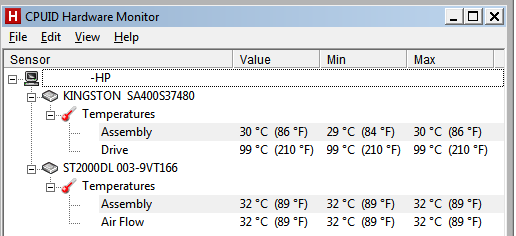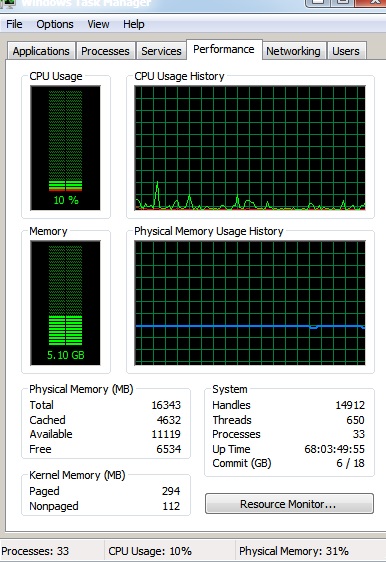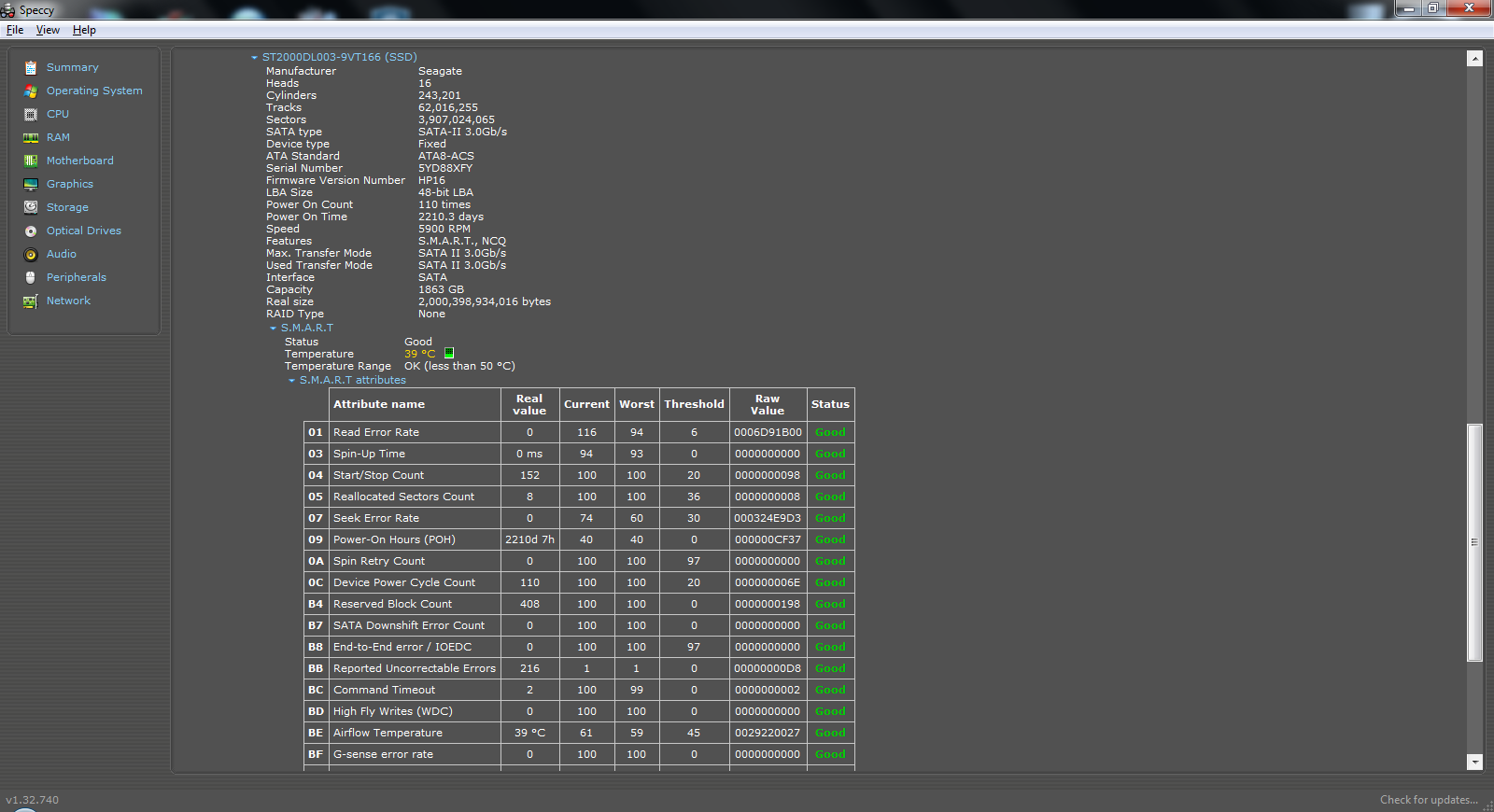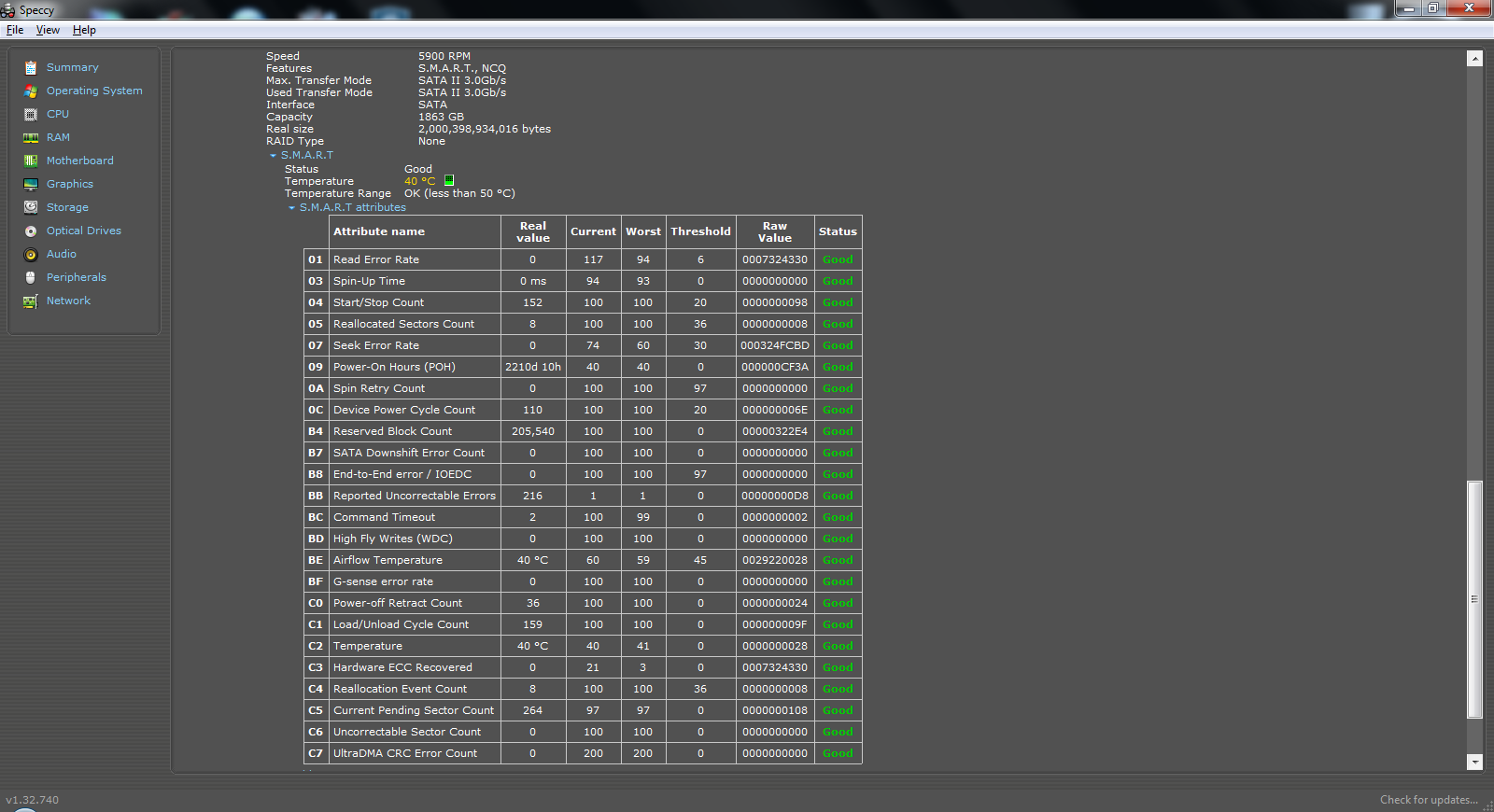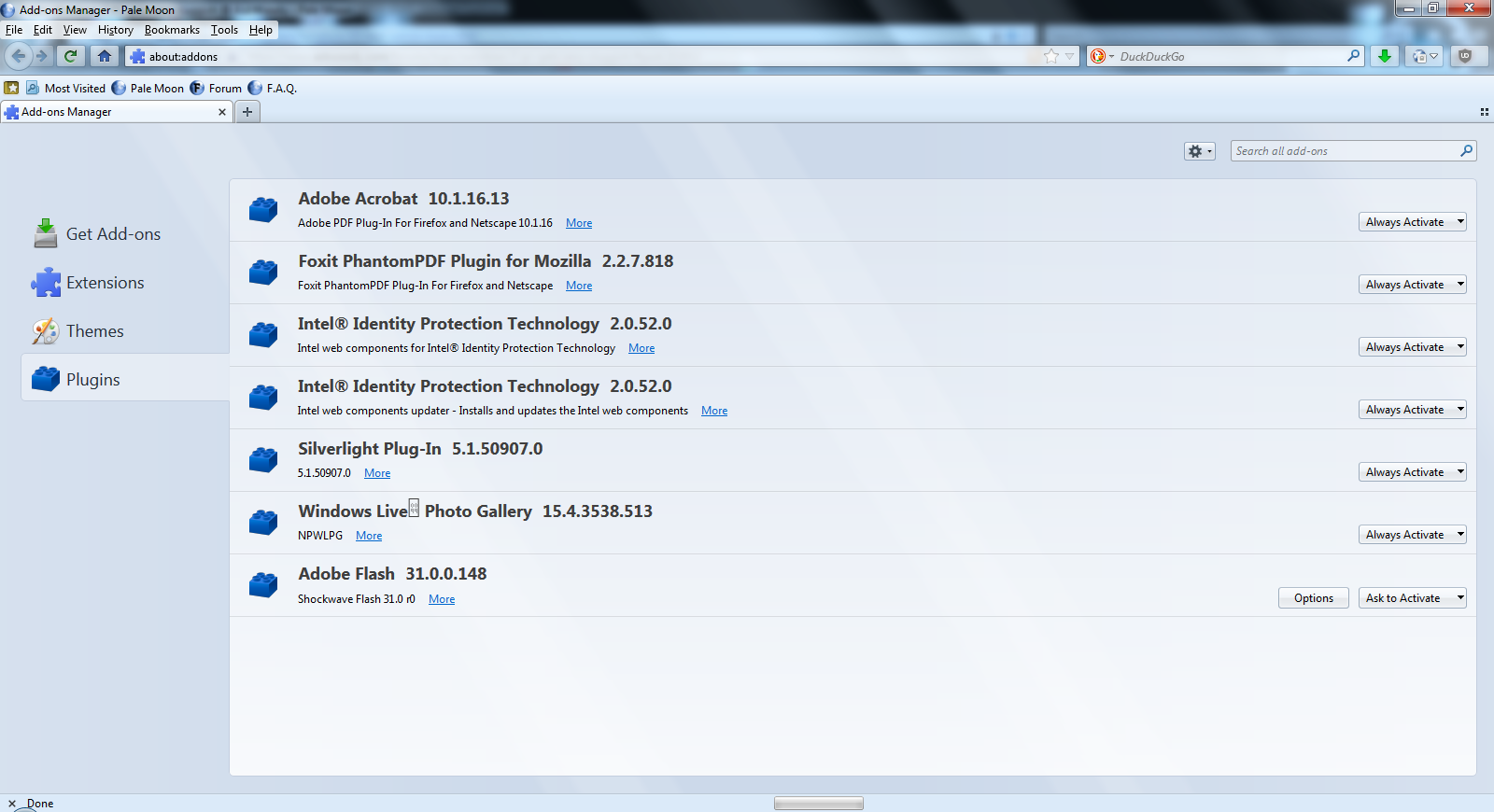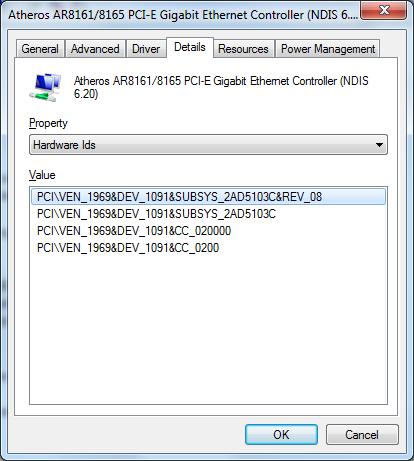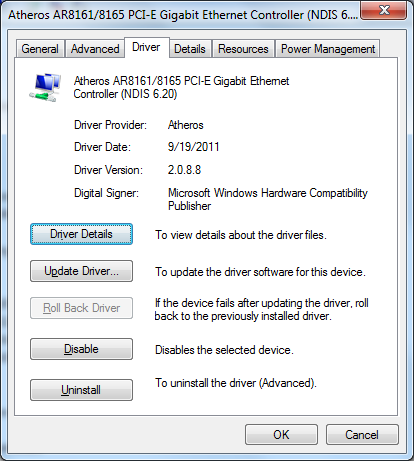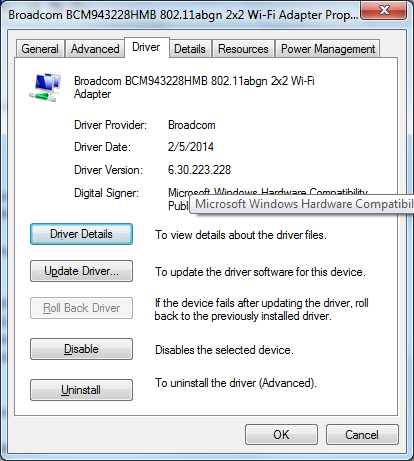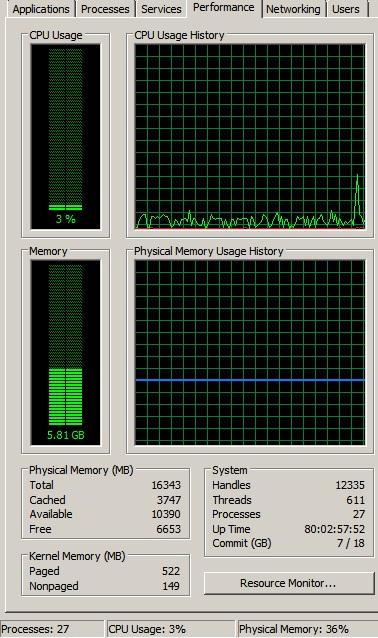My Windows 7 computer has had an annoying issue in recent months. A few (2-3) days after a reboot, both Internet browsing and Windows Explorer start getting very sluggish. No matter the browser, websites open slowly and applications take 30 seconds or more to open. Even the Start menu and the Notification Area take a long while to respond to clicks.
Sometimes (but not always) the taskbar grays out while the PC is doing whatever it thinks it’s doing, then finally it comes back to the usual color and the desired action finally takes place.
Eventually, Internet browsing comes to a complete halt as I can’t reach new sites or even refresh open tabs.
Anybody have an idea of what could be going on? Here are the things I’ve done in the attempt to fix this (not necessarily in the order shown):
- Scanned the PC for malware (multiple scanners). No malware found.
- Run sfc /scannow. It doesn’t find any corrupted system files.
- Run error-checking (chkdsk). No errors found.
- Run Disk Cleanup.
- Run CCleaner.
- Checked Task Manager; no unusually high CPU or RAM usage identified.
- Examined the Event Viewer; no unusual events seem to occur around the time that Web browsing comes to a halt.
- In msconfig, disabled a few startup items for things I wasn’t using (Seagate DiscWizard, Seagate Scheduler Helper, Bluetooth Software, WDDMStatus).
- Uninstalled Norton Internet Security and installed BitDefender.
- On the idea it might be an aging solid-state drive, I imaged the Windows drive (a 6-year-old 100GB SSD) and transferred the image to a brand-new 450GB SSD.
None of this has made any appreciable difference: I’m still having to reboot the machine every couple of days because Explorer slows down to a crawl and Web browsing ceases to function.
I suppose I could go in and stop or disable some services, but I don’t feel comfortable enough in my Windows knowledge to just start disabling services, although I do have some possible candidates.
The PC is Group B, updated through the September patches (haven’t yet applied the recently green-lighted October set).
What could be causing this? Web searches haven’t been particularly helpful because I have twin problems and everything I’ve found refers to one OR the other of these issues, but not both together.
MVP Edit: Continuation Topic here.

